Natural Variability
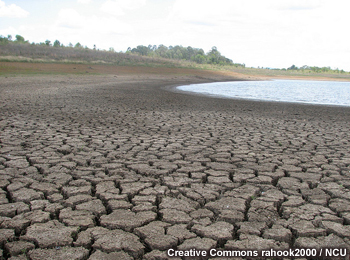
Weather varies naturally because of many factors, and those factors can combine to produce an extreme drought or a devastating flood, stronger hurricanes or record snowfalls. Extremes in weather are nothing new.
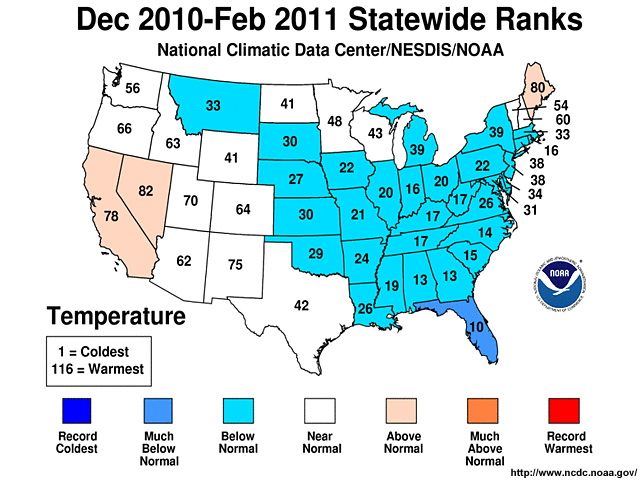
Sometimes, the same general climate pattern can produce drastically different weather conditions in different locations or different years. For example, the unusually cold winter of 2010-2011 in the contiguous U.S. was influenced by a La Niña pattern—a quasi-cyclic cooling of the eastern tropical Pacific Ocean.
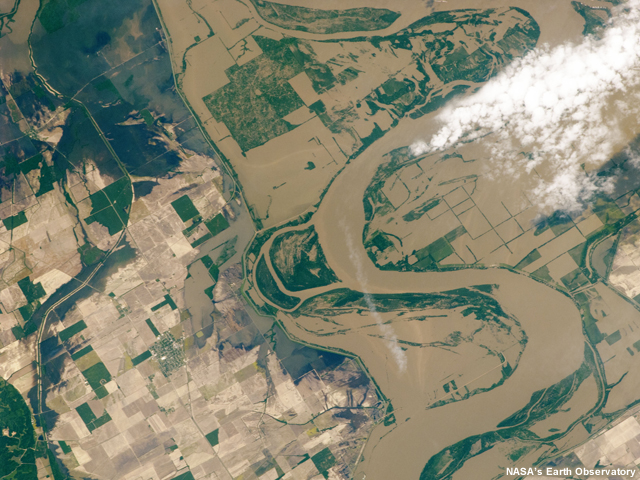
It is very likely that this pattern contributed to an unusually cold spring with heavy precipitation in the Upper Missouri River Basin. Heavy rains in May fell on deep late-spring snow pack, which caused flooding that devastated parts of several states.

No two El Niño/La Niña-Southern Oscillation events are alike, however. The La Niña pattern persisted through the winter of 2011-2012, although it was somewhat weaker. Surprisingly, that winter was one of the warmest on record in the U.S. A number of factors conspired to produce the two dramatically different results. Part of the difference related to the high latitude pressure patterns (called the Arctic Oscillation) that dominated in the two winters. In the warmer 2011-2012 winter, the pattern tended to trap the cold air near the poles, but why that was the case is still being studied.
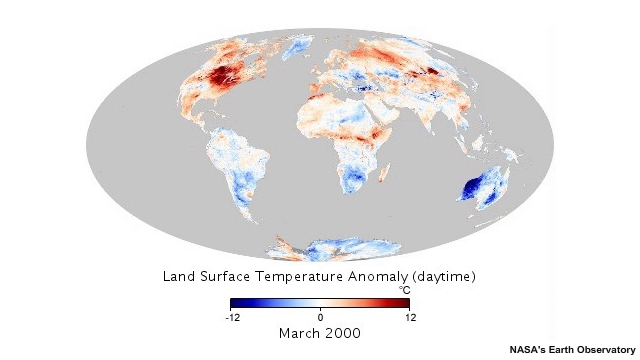
Click to open a land surface temperature anomaly animation.
We have a good understanding that natural modes of climate variability affect the probability and intensity of weather extremes. So how does global warming come into the mix? In some cases it can mitigate extremes. For example, a record cold winter might be a little less cold than it otherwise would have been. However, climate change could also amplify the effects of a natural cycle, producing more severe extremes. So, for example, a natural pattern that produces warmer-than-normal annual conditions could be enhanced by global warming and result in increased night-time temperatures and more frequent heat waves.
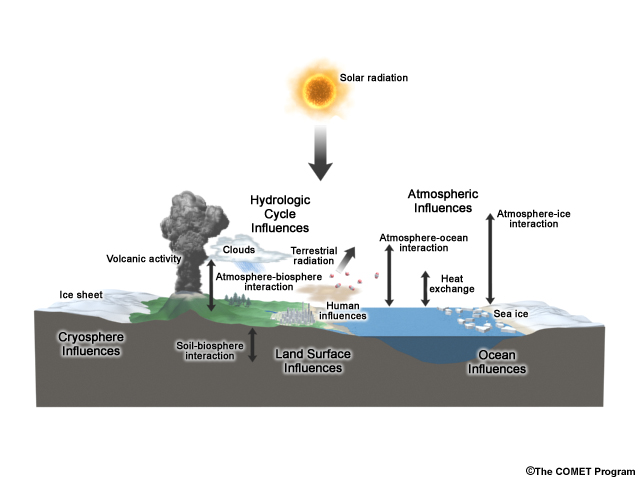
Climate is determined by a complicated interplay of many factors that affect the oceans, land surfaces, and the atmosphere. A change in one of them—such as increasing atmospheric concentrations of greenhouse gases—can ripple throughout the system.